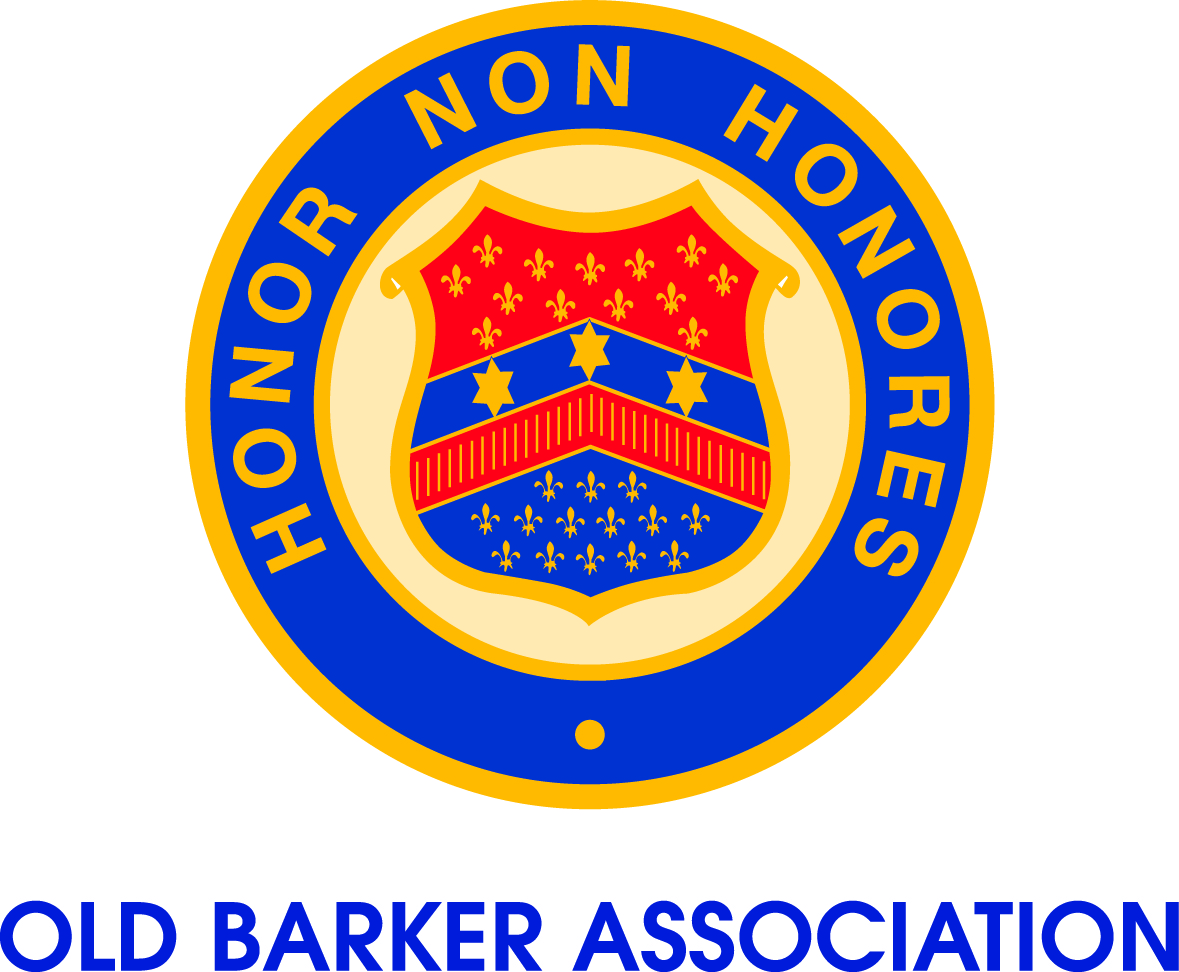
|
Know Your School – Barker’s Libraries
Thursday, 8 May 2015
|
|
This week we take a look at libraries from Barker’s past. The first mention of a library at Barker occurs in The Barker College Magazine (April 1912, p. 21): “The Library has been very popular this term. A considerable number of new books will shortly be added, some of the old ones that have outlived their usefulness being removed to make way for them… One of the favourite books in ‘Man-Eaters of Tsavo.’” It is not known where this library was located, as the majority of school buildings were tin sheds that have long since been demolished. In 1925, stage two of the School’s original master plan was completed, with the construction of the Classroom Block. This building, which is now the School’s main reception, provided Barker with nine new classrooms, a Science laboratory, Headmaster’s study, masters’ common room, a locker room for day boys and a spacious new reading room for the School’s Library. Barker’s Assembly Hall was built in 1938, which resulted in the Library once again moving. The College Barker (1938, p. 546) reported, “The School Library is now situated in one of the corners on the ground floor of the new building. It is a spacious, well-aired, and well-lit room with two walls lined with four rows of shelves. The Library has been tastefully decorated with framed coloured posters on the walls, four beautiful reproduction Persian carpets on the floor, a readers’ table and a librarian’s desk. The general bright effect is enhanced by the colours of the books which are being covered with coloured linen… In keeping with these beautiful surroundings, many additions have been made among the books themselves. In fact, it might almost be said that there is a feast of reading prepared in the library.” In 1947, the School received a bequest of £1000 from the late Sir Thomas Buckland, a former Barker parent, member of the Barker College Council and Chairman of the Bank of New South Wales. This bequest provided the Library with the funds it needed to expand. It therefore moved from the lower floor of the Assembly Hall to the top floor of West Wing-The Palace and became known as The Sir Thomas Buckland Library. The opening of Leslie Hall in 1965 freed up the Assembly Hall. Consequently in 1966, The College Barker (p. 35) reported, “…the greatest upheaval for the Library occurred at the end of Third Term – the removal from the Palace to the old Assembly Hall… Features of the newly located Sir Thomas Buckland Library include a Sixth Form Reading Annexe, a separate magazine area and a distinctive spiral staircase leading to what was formally the projection room, but is now the bindery, containing also the filing system for the School’s archives. The move itself was certainly a mammoth task, taking three days to complete, but it is only the first stage of the expansion – new furniture and a new floor are to be installed in the future.” When the Senior School Resource Centre opened in 1976, the Sir Thomas Buckland Library was for the exclusive use of students in Years 7 to 10. It remained in the old Assembly Hall until the existing Library was opened in 2002. When Barker decided to introduce girls into Year 11 in 1975, it also decided to build a separate area for Senior School students. Included in the new Senior School buildings was the Senior School Resource Centre. In 1976, The College Barker (p. 85) noted, “This year the Senior Library has been able to open at 7:30am and has been fully used by students from then until well after the normal school hours. The comfort of the new buildings has no doubt been largely responsible for the greatly increased use, by seniors, of the resource centre facilities; for both study periods and for class research.” The existing Library was opened in 2002. Deliberately constructed in the teaching heart of the School, it was the first time in over 25 years that all information services were available to both Middle and Senior School students under the same roof. As the technological change of the 21st century brings about a rise in digital resources, the Barker Library will continue to reinvent itself. Caption: The Barker Library underneath the Assembly Hall, 1938. |